The tale of Ali Baba and the Forty Thieves is one of the most enduring stories to emerge from the rich tapestry of Persian folklore. Rooted in the oral traditions of the Middle East, this narrative has captivated audiences for centuries, transcending cultural and linguistic barriers to become a global phenomenon. Unlike many folk tales that fade into obscurity, the story of Ali Baba has retained its relevance, evolving through countless retellings while preserving its core themes of cunning, justice, and the triumph of the underdog.
The origins of Ali Baba are shrouded in mystery, much like the hidden cave of treasures central to the plot. While the story is commonly associated with The Arabian Nights, scholars note that it doesn't appear in the earliest Arabic manuscripts of the collection. Instead, the tale seems to have entered the canon through European translations, particularly Antoine Galland's French version in the 18th century. This fascinating journey from Persian oral tradition to global literature speaks volumes about the fluid nature of folklore and how stories migrate across cultures.
What makes the Ali Baba narrative particularly compelling is its protagonist - an ordinary woodcutter who stumbles upon extraordinary fortune. Unlike typical heroes of Persian epics who are born into nobility or possess supernatural abilities, Ali Baba represents the common man. His victory over the thieves isn't achieved through physical strength but through wit and the clever assistance of his slave-girl Morgiana. This subversion of traditional hero tropes gives the story its enduring appeal, resonating with audiences who see themselves in Ali Baba's ordinary origins.
The cultural significance of the Ali Baba story extends far beyond its entertainment value. The famous phrase "Open Sesame" has entered global lexicon as a metaphor for gaining access to hidden treasures or secret knowledge. The narrative structure, featuring a magical cave that opens to a secret command, has influenced countless adventure stories in Western literature. Moreover, the character of Morgiana represents one of the earliest and most formidable female protagonists in world folklore, challenging gender norms of her time through her quick thinking and decisive action.
Modern adaptations continue to reinterpret the Ali Baba legend for contemporary audiences. From Hollywood films to Bollywood musicals, from children's cartoons to sophisticated theatrical productions, the core story proves remarkably adaptable. Each version reflects the values and concerns of its time - some emphasizing the anti-authoritarian elements, others focusing on the clever outwitting of criminals, and still others exploring the moral complexities of hidden wealth. This malleability ensures that the Persian woodcutter's adventure remains relevant in an ever-changing world.
The economic metaphors embedded in the Ali Baba story have gained particular resonance in modern times. The hidden cave of treasures can be read as a commentary on wealth inequality and the concentration of resources. Ali Baba's initial decision to take only what he needs, contrasted with his brother's greed, offers timeless lessons about moderation. In an era of increasing economic disparity, these themes strike a chord with modern audiences grappling with issues of fair distribution and ethical consumption.
Psychologists have analyzed the enduring appeal of the "treasure cave" motif, suggesting it taps into fundamental human desires and fears. The fantasy of accidental discovery of wealth speaks to our hopes for sudden fortune, while the threat of the thieves represents anxieties about protecting what we value. This dual emotional pull - between aspiration and apprehension - creates a powerful narrative tension that keeps the story compelling across generations.
The legacy of Ali Baba in Persian culture remains strong today. In Iran, the character appears in children's books, school curricula, and popular media, often serving as a symbol of cleverness overcoming brute strength. The story's emphasis on intelligence and patience as virtues aligns with important cultural values in Persian tradition. Meanwhile, the global recognition of the tale has made Ali Baba an unofficial ambassador of Persian folklore, introducing international audiences to the richness of Middle Eastern storytelling traditions.
As we continue to navigate an increasingly interconnected world, the Ali Baba story takes on new dimensions. It serves as a reminder of how narratives travel and transform across cultures, how ancient wisdom remains relevant, and how the simplest tales often contain the most profound truths. From its mysterious Persian origins to its current status as world literature, the journey of Ali Baba mirrors the very adventures it describes - full of unexpected discoveries, clever maneuvers, and ultimately, the revelation that the greatest treasures often come in the most unassuming packages.

By Olivia Reed/Apr 28, 2025

By Emma Thompson/Apr 28, 2025

By Samuel Cooper/Apr 28, 2025
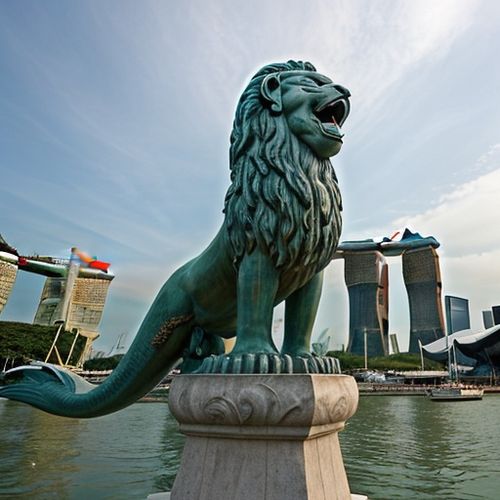
By Grace Cox/Apr 28, 2025

By George Bailey/Apr 28, 2025

By Rebecca Stewart/Apr 28, 2025
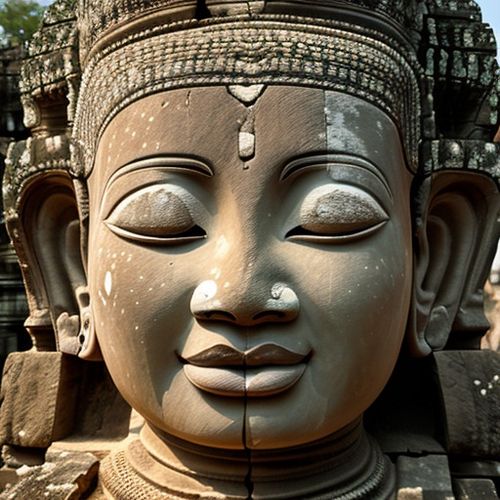
By George Bailey/Apr 28, 2025

By Olivia Reed/Apr 28, 2025
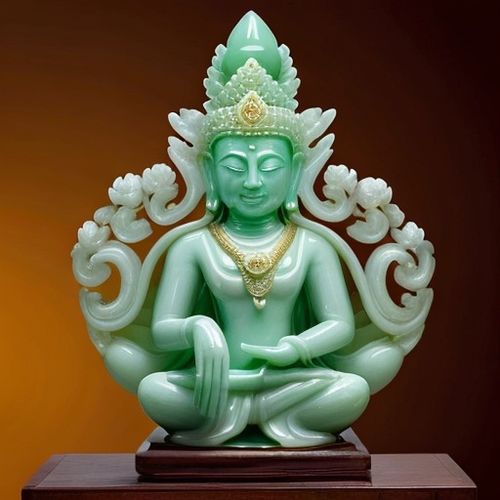
By Eric Ward/Apr 28, 2025

By Benjamin Evans/Apr 28, 2025

By Amanda Phillips/Apr 28, 2025

By Sophia Lewis/Apr 28, 2025

By Christopher Harris/Apr 28, 2025

By Benjamin Evans/Apr 28, 2025

By Rebecca Stewart/Apr 28, 2025

By David Anderson/Apr 28, 2025
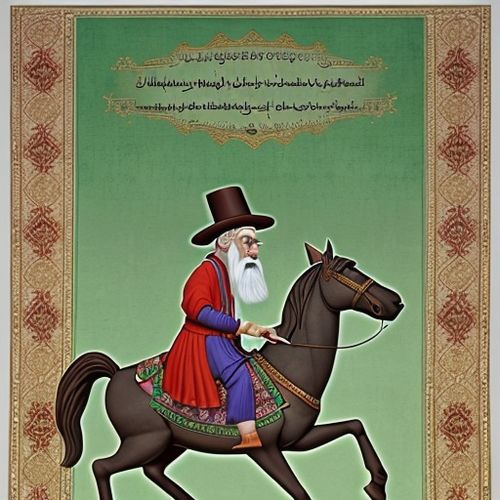
By Olivia Reed/Apr 28, 2025
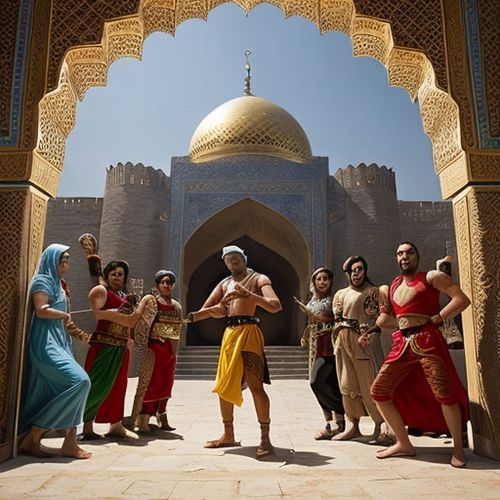
By Lily Simpson/Apr 28, 2025

By Emma Thompson/Apr 28, 2025

By Laura Wilson/Apr 28, 2025